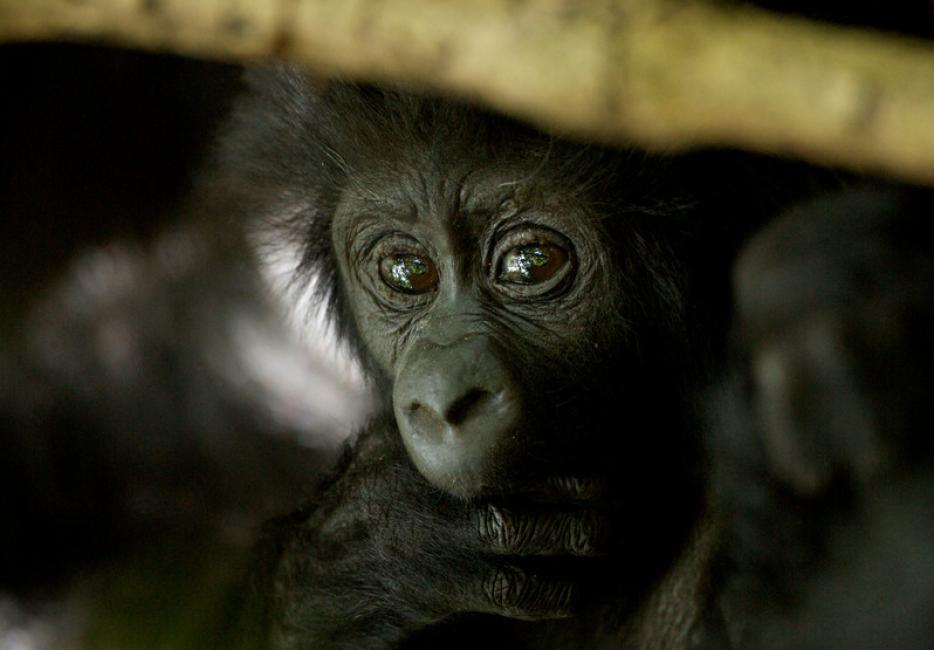
Mountain gorillas: close relatives at risk species:
Affected by: Human wildlife conflict , Habitat loss and fragmentation , Extractives
These great, glorious, fur-coated apes are some of our closest relatives. Sadly we may also be their biggest threat. People have been pushing into the mountain gorilla’s forests in central Africa for decades – now there are only about 1000 of these splendid beasts in the wild.
Mountain gorillas generally live in groups of several females with their young and usually one dominant adult male – known as a ‘silverback’ because of the patch of silver hair on his back and hips.
The main threat to gorillas is people and the associated increasing pressure on the gorilla's habitat. With so few individuals in the wild the mountain gorilla is listed as critically endangered. The good news is, their numbers have recently been rising. It’s not too late for us to protect our mighty mountain cousins.
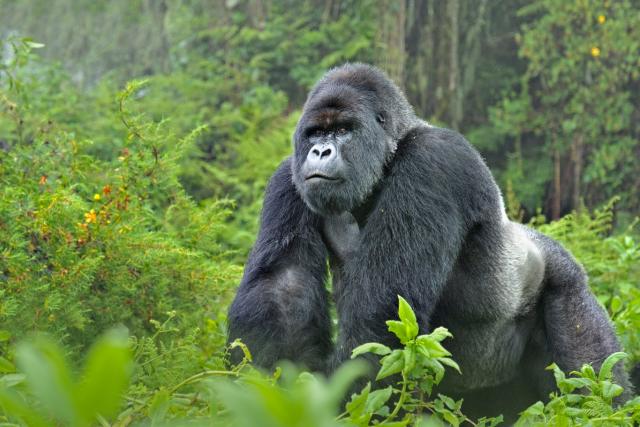
Where do mountain gorillas live?
Mountain gorillas live in just two isolated groups – one in the Virunga volcanoes – spanning the borders of Rwanda, Uganda and the Democratic Republic of the Congo (DRC), and one in Bwindi Impenetrable National Park in Uganda, contiguous with DRC’s Sarambwe Nature Reserve.
Wild mountain gorillas are found in high-altitude montane and bamboo forested habitats, where they mainly eat leaves and shoots.
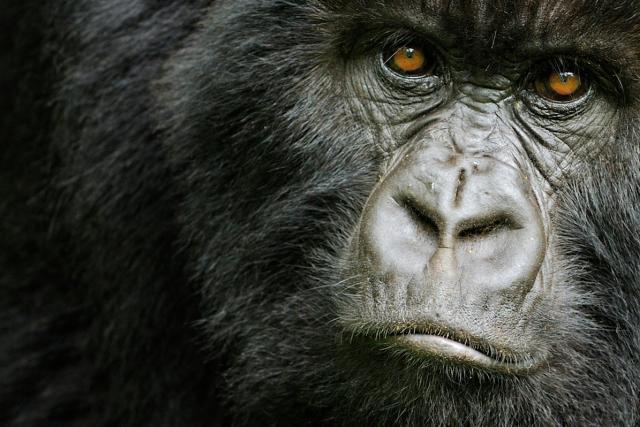
Why mountain gorillas are so important
Gorillas, like all wild animals, play an important role in their environment. Without these large-scale grazers eating lots of vegetation, the natural balance in the food chain would be disrupted. This could negatively affect other wildlife in the area, and ultimately the people who depend on that environment for food, water and other resources.
Ecotourism – socially and environmentally responsible tourist visits, including carefully guided trips to see gorillas – can also be an important source of income for local people living in close proximity to wild gorillas.

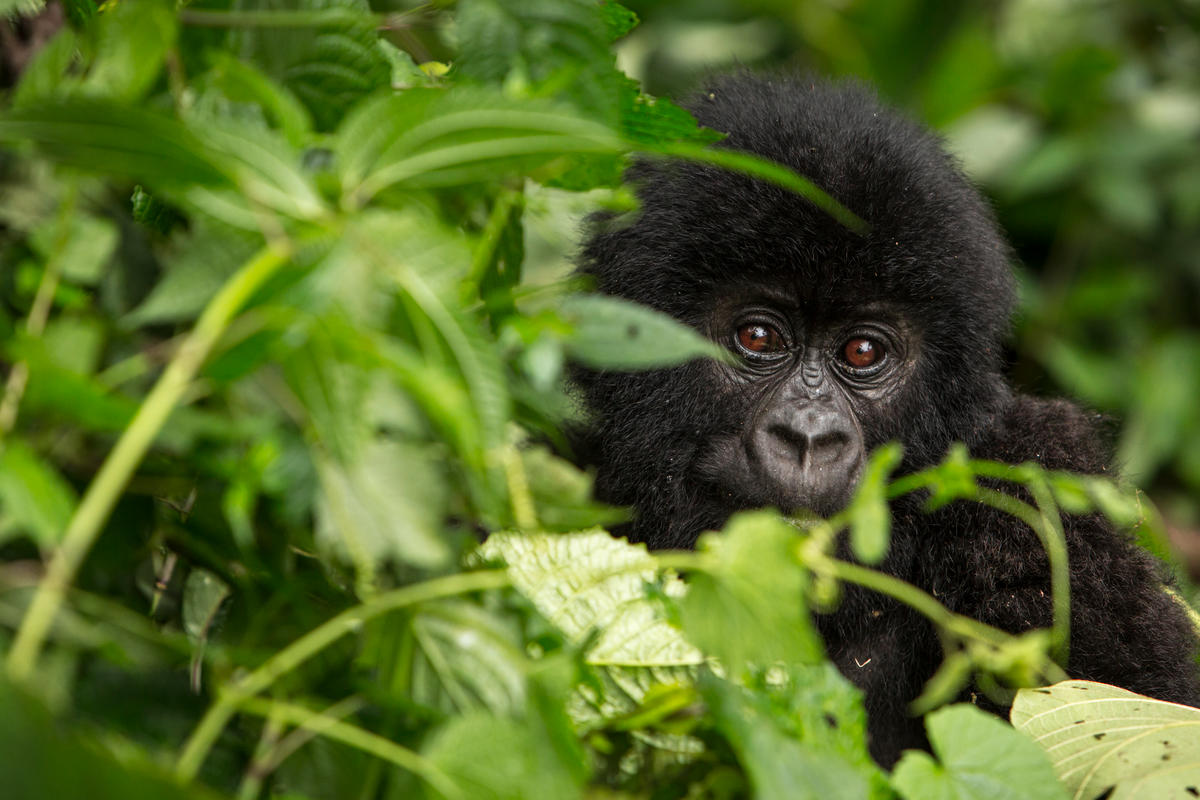

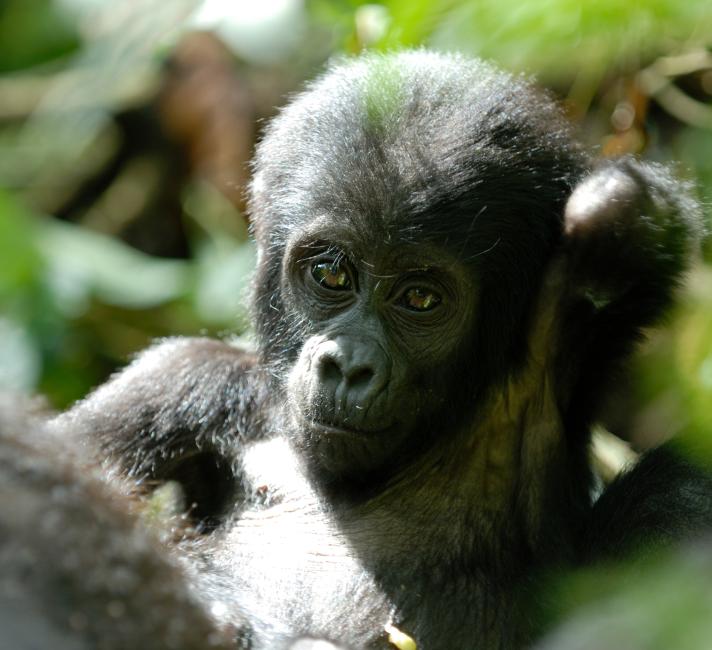
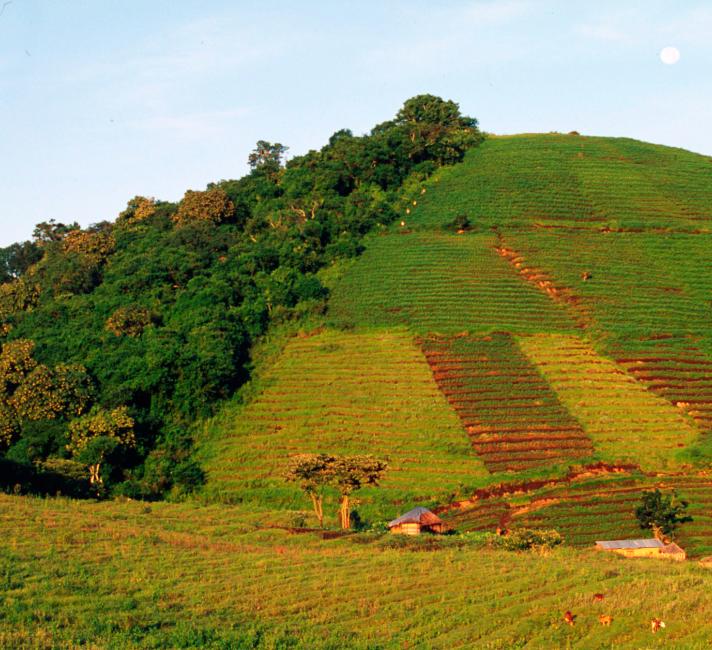
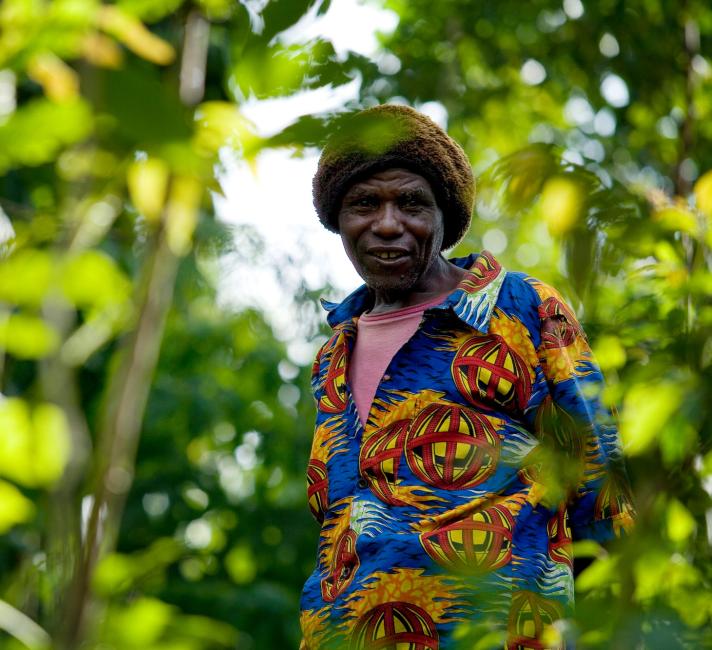

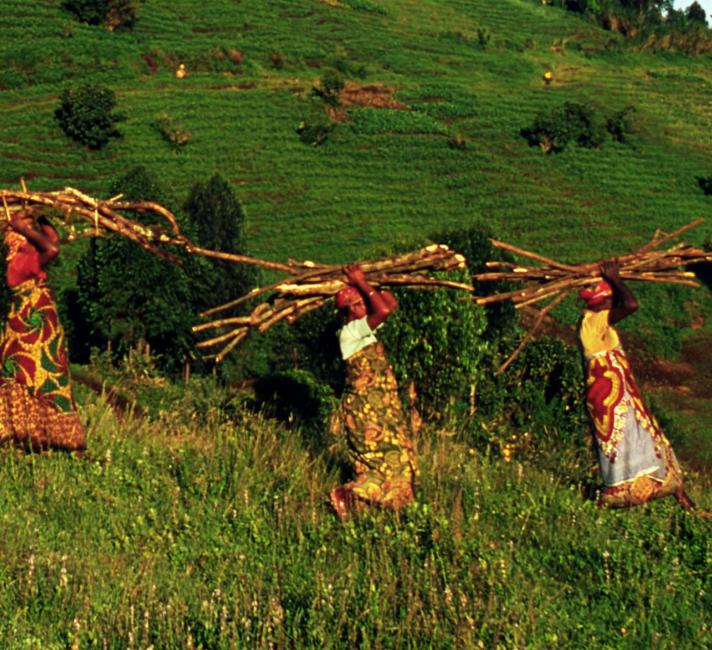

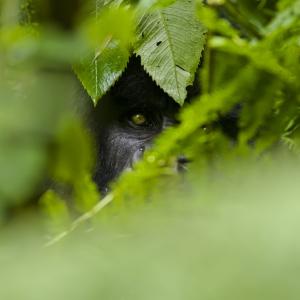

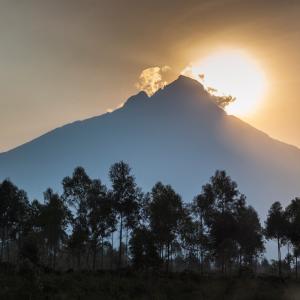

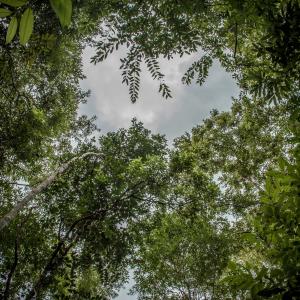
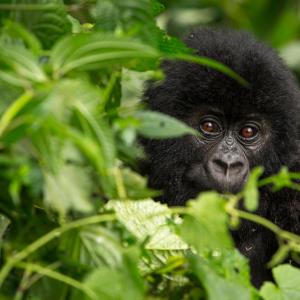 Top 10 facts about mountain gorillas
Top 10 facts about mountain gorillas
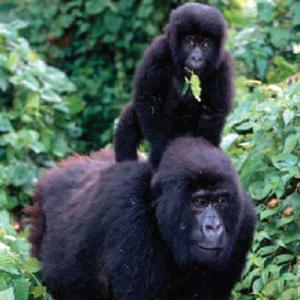 Gorilla quiz
Gorilla quiz
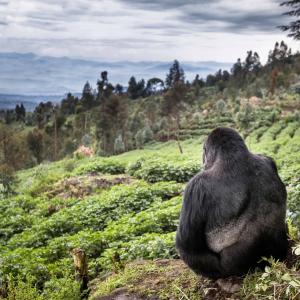 A treaty to halt and reverse nature loss
A treaty to halt and reverse nature loss
 World Gorilla Day 2025
World Gorilla Day 2025